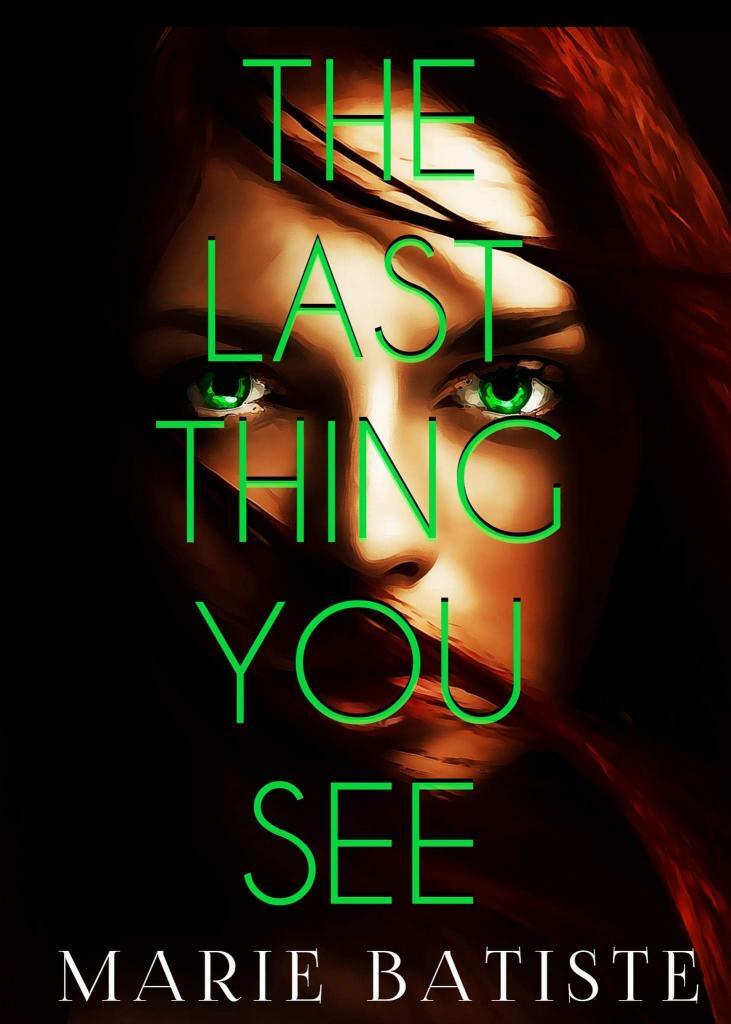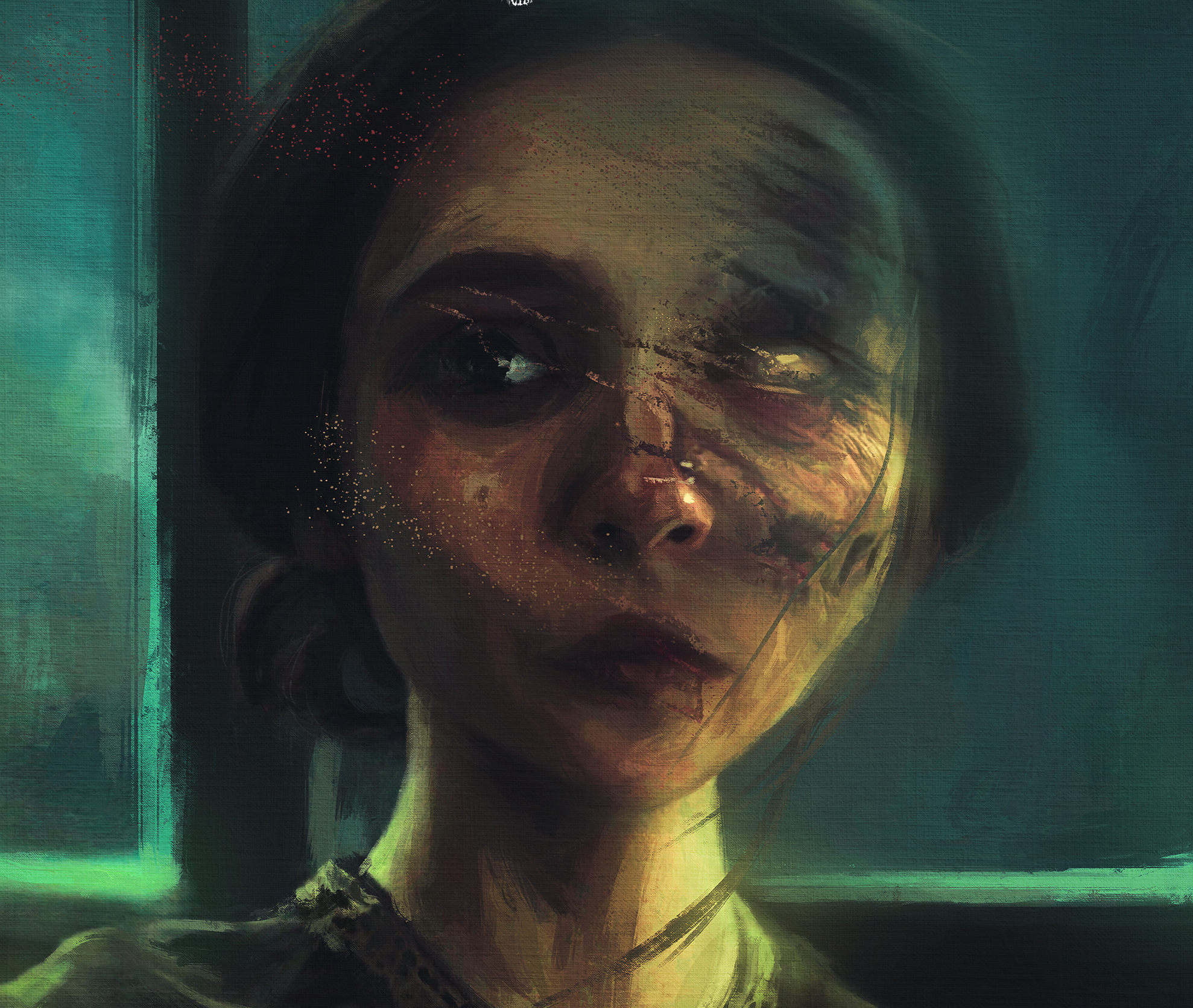Tell me a bit about yourself and what got you into writing supernatural detective horror?
Well, I have loved all things supernatural since I was in elementary school. I remember checking out R.L. Stine books from the library every week, first Goosebumps and then Fear Street. Reading has always been an escape for me and the creepier the story the better. This is why I write what I write. People say you write what you love to read. I love mysteries, I love the supernatural and I love horror. So naturally when I sit down to write that’s what my mind steers towards.
You have detectives, undead, necromancer, spirits, and a living sculpture all tied together. What inspired that and did it take a lot of research to get all the pieces to come together?
I would love to say that this was all planned from the beginning, but it wasn’t. Honestly, I just added the things that I like, and what I thought would be cool and make sense. Introducing magic and the supernatural into the real world can be tricky. I didn’t want it to be too cliché and I didn’t want it to be too out there. I wanted the magical creatures to have a role in this world that fits their nature. Vampires need blood so them being a blood analyst in the Medical Examiner’s office makes sense. Necromancers deal with death magic so working in the Medical Examiner’s office makes sense. When possible, they resurrect victims so the detectives can interview them. Using water dragons as ferries make sense.
What I had to research were serial killers and different types of magical and mythical creatures. While my serial killer has some magic, he doesn’t use it when he murders his victims. He does this by torturing them and then removing their eyes while they are still alive and then their organs. I researched different serial killers and tried to understand why they did what they did. Or what could make a person decide that the only true joy in life is killing people. I still don’t have any kind of understanding of what would make a person do it but this research did give me some insight into my character and his friends. I am not a budding serial killer, I just wanted to point that out.
I also had to research poaching. I figured if some people find joy in poaching rhinos and elephants then those same people would probably find the same joy in poaching unicorns, firebirds, and other mythical creatures. I wanted to show that just because our world has magic now doesn’t mean that everything is magical.
Is the second book the finale or do we have more in store here?
The second book, which is much darker than the first, is not the end. I have ideas for several more in the series and it is only going to get darker.

What has been the biggest challenge in writing this story?
I would say the biggest challenge was writing from the killer’s point of view. He also has serial killer friends. Being in their heads was particularly draining but it was also a little fun. I don’t know what that says about me, but it was. I think writing dark characters can be both challenging and interesting. Their attitudes towards what they do were by far the creepiest part of the book for me.
You’ve published a few books now, any advice for new horror writers?
I have two different series. One (Rachel Dixon series) is new and the other (Moon Investigations) I am republishing. I find it hard to advise anyone on `writing because writing is one of those things that changes with every book. Also, what works for one person may not work for another. My one piece of advice is to finish. Whatever you are writing finish it. It might be crap and if it is the first draft it will be crap, but you need to finish it. You can fix it when you’re done. Also, if you want to write in the horror genre then you should read in that genre and not just the popular horror. Read popular horror, obscure horror, good horror, and bad. If you don’t read in the genre you want to write, then you aren’t going to be very good at it and you probably won’t finish it. Also, don’t be so hard on yourself.
You must be a horror fan? What are some of your recommended readings and movies?
In horror, there is something for everyone depending on what you like. If you like comedy, Ash vs The Evil Dead and Shaun of the Dead is something you’ll like. The Haunting of Hill House is amazing and the book by Shirley Jackson is something every horror writer should read. I loved every movie based on the case files of the Warrens which include: Insidious, The Conjuring, and Annabelle. If you love zombies, iZombie is funny, and the zombies eat brains in interesting ways. Dawn of the Dead is a good one along with my favorite 28 Days Later. American Horror Story, Supernatural, and Chilling Adventures of Sabrina have a really good story and character arcs that may inspire you to write something new.
-Where can we get the first book and where and when can we get this second in the series?
The first book, The Last Thing You See is available on Amazon. It will be available on other platforms in July. The second book One by One is basically about a murder circus and a house infused with magic and blood lust. More of the serial killers are introduced and it is much darker than the first book. It will be available on October 30th, 2020.
Finally, where can we find and follow you?
I can be found on Instagram @mariebatisteauthor or my website mariebatiste.com.
Thank you for doing this. I have gotten a few ideas from going through your site so thank you.

Tritone’s love of horror and mystery began at a young age. Growing up in the 80’s he got to see some of the greatest horror movies play out in the best of venues, the drive-in theater. That’s when his obsession with the genre really began—but it wasn’t just the movies, it was the games, the books, the comics, and the lore behind it all that really ignited his obsession. Tritone is a published author and continues to write and write about horror whenever possible.

